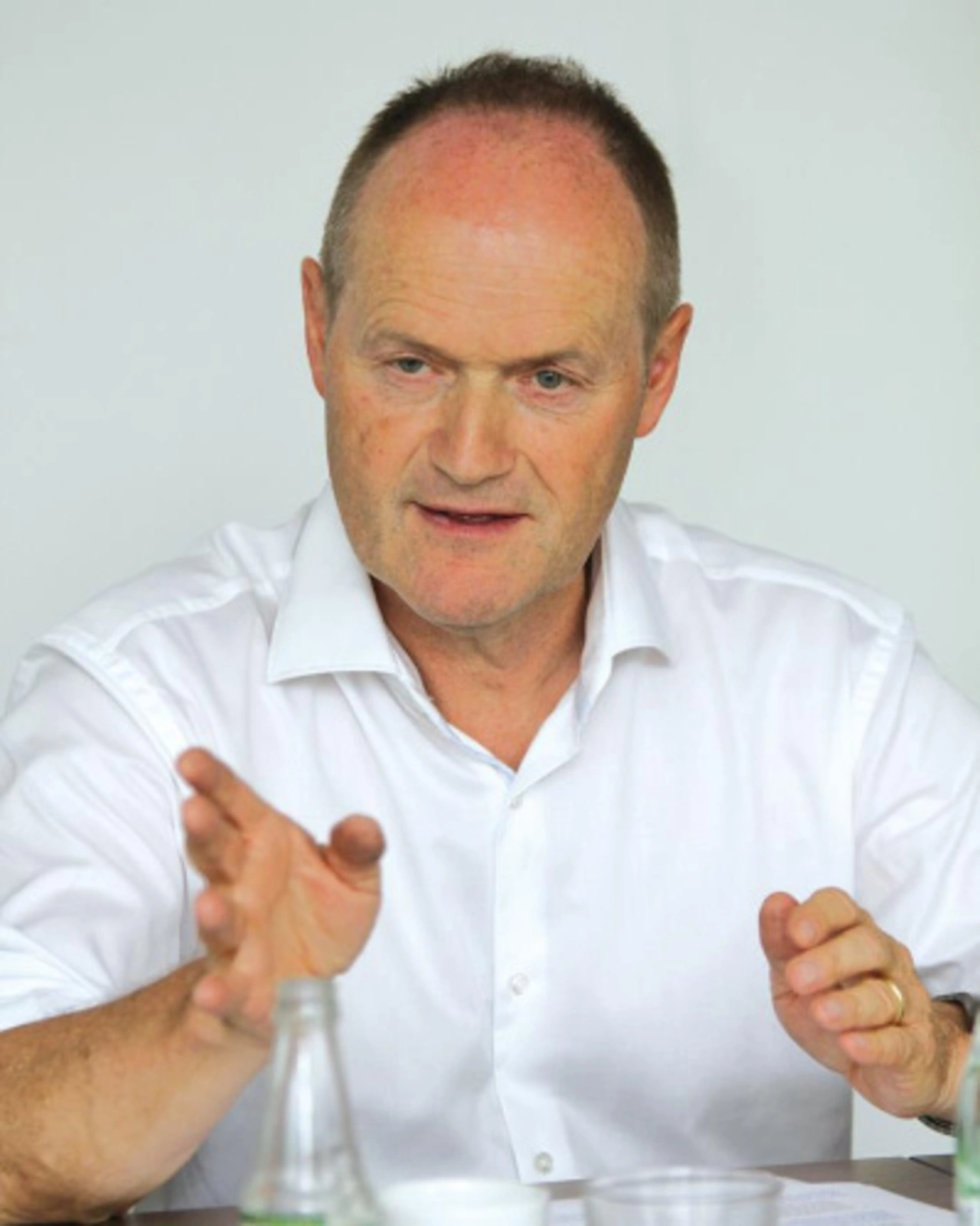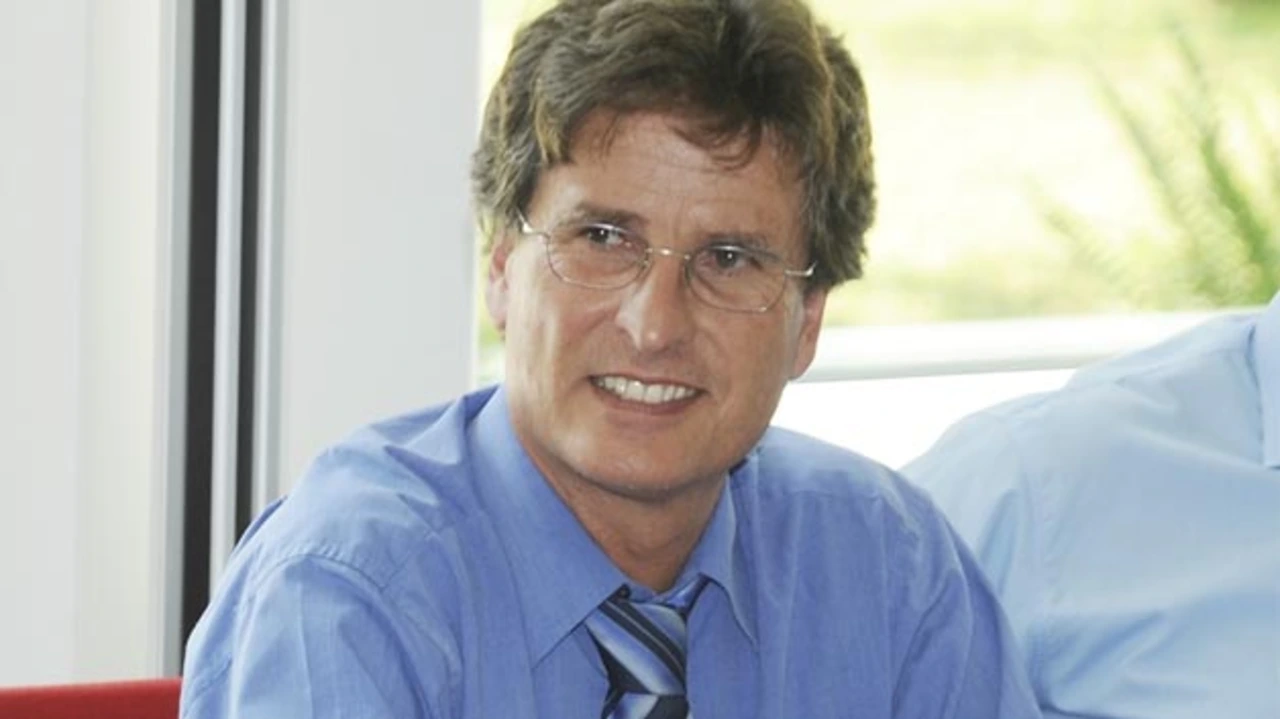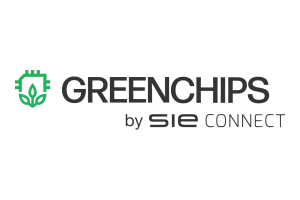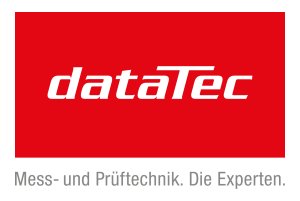Batteries and rechargeables
Longer lead time, higher price
Fortsetzung des Artikels von Teil 1
Concentrating on anode and cathode...


Against this background, special significance again attaches to a statement by Panasonic manager Sonnemann: “Growth will continue limited because the availability of lithium-ion batteries will drop further. It’ll be necessary to convince our customers of other technologies like NiMH. Especially where there are high temperatures and you want long life, nickel-metal hydride is a good alternative.”
How things have become different becomes clear when you ask about current planning periods for customers. “Two years ago we handled orders for lithium batteries within 16 weeks. That’s changed. Today the allocation of lithium-ion batteries is revised every quarter. So there’s no longterm order confirmation, and period planning is difficult”, outlines Sonnemann. Instead of three to nine months as it used to be, Eichhorn now recommends customers a planning period of six to 18 months.
Hack sees it similarly: “Two years ago planning periods were three to six months. Today it takes eight to 12 months to ensure certain supply.” Suter goes along with this: “Customers who don’t plan and order at least 12 to 18 months ahead today run the risk of receiving no products.” The answer from Pfeil is in different orders of magnitude: “For first-time procurement today you should look at 12 to 16 weeks, two years ago that was six to eight weeks.” Getting down to the technology, battery and rechargeable R&D, says Pettinger, is concentrating on anode and cathode. “The main objective of anode research is faster recharge capability. Of special technical relevance here are silicon/graphite composites and hard carbons.” With the cathode, says the professor, the current trend is to high-grade substances containing nickel. The major aim here being to increase energy density.
At the same time it is being attempted to substitute longterm the cobalt element from the cathode material. An attempt that in the opinion of Eichhorn has both commercial and political reasons for most battery producers: “Efforts to reduce cobalt are likely aimed at doing away with it altogether in future.” Hack reckons that producers in Korea are concentrating on optimizing the cathode towards high drain, especially for the 18650 cell format. “The higher capacity will follow through the 21700 format in the next quarters, by optimizing anode and cathode materials.”
“Especially for wearables, their producers want more power in smaller space”, Varta executive Schein puts it straight. “So we’re working continuously to increase the energy density of our cells in less and less space. After increasing the energy density of the cathode in the form of NMC, next year we want to boost energy density of the anode.”


- Longer lead time, higher price
- Concentrating on anode and cathode...











